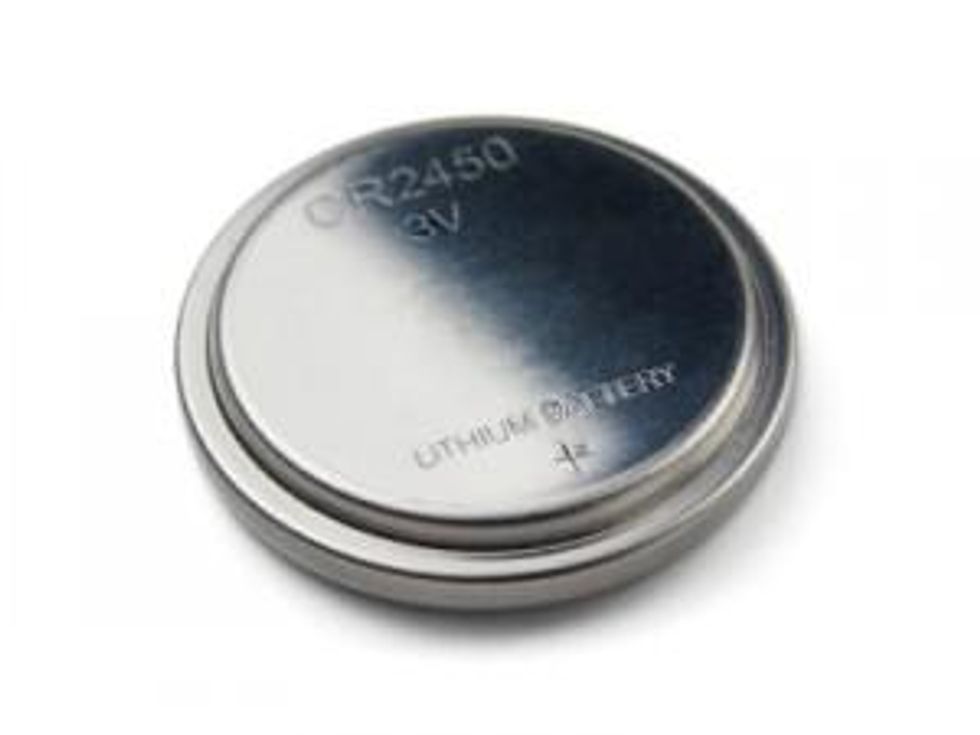More Flake Graphite Needed to Keep Pace With Surging Battery Demand
Demand for the lithium-ion battery, which needs twenty times more graphite than lithium, is skyrocketing due to an increase in electric vehicles, consumer electronics, and green energy devices such as pebble-bed nuclear reactors.
By Karan Kumar — Exclusive to Graphite Investing News
Consumer appetite for electronic gadgets such as laptops, iPhones, cell phones, and MP3 players is fueling demand for lithium-ion batteries, which contain twenty times more graphite than lithium. In addition, mankind’s quest for cleaner vehicles – such as electric cars, which also require lithium-ion batteries – is increasing demand for graphite, a metal once seen as a staple for the steel industry.
Brent Nykoliation, Vice President of Business Development at Energizer Resources Inc. (TSX:EGZ,OTCBB:ENZR,FWB:YE5), said that electric vehicles, which are already being developed, hold one of the biggest and most immediate potential offtakes for graphite in the coming years. China, for example, is reportedly preparing to stock up on enough graphite to put one million vehicles a year on the road starting in 2015. At an average of 130 pounds of graphite needed per electric car battery, the net requirement per year will be 300,000 tons of graphite.
“Now multiply that by five million cars and you see the demand potential,” Nykoliation told Graphite Investing News in an interview. “And that’s just China. Morgan Stanley predicts electric vehicles and hybrid electric vehicles to have a 25 percent penetration level globally by 2025 from just 0.1 percent today. While many would think this is an overly aggressive estimate, just taking a five percent penetration of the 850 million vehicles globally today equals more than 40 million vehicles by 2025. Industry analysts agree that the big producers making graphite are concerned because they are not prepared to meet that level of demand.”
Global demand for graphite is currently about 1.2 million tons a year, and most of that comes from the steel industry. In 2008, according to GeoMega (TSXV:GMA), a Montreal-based exploration company, graphite demand for lithium-ion batteries was approximately 44,000 tonnes, or about ten percent of the flake market.
“Currently batteries account for roughly five percent of global graphite demand,” Chris Berry, founder of House Mountain Partners, told Graphite Investing News in an interview. “However, demand for lithium-ion batteries for use in various applications is growing by 20 percent per year. As you need 20 times more graphite in a lithium-ion battery than you do lithium, it is clear that there is potentially strong demand for large-flake, high-purity graphite in the future.”
3,000 tons of graphite to start nuclear reactor
Energizer’s Nykoliation added that there are several new applications that are entirely reliant on graphite, such as pebble-bed nuclear reactors. A one gigawatt pebble-bed nuclear reactor needs about 3,000 tons of graphite to start and up to 1,000 tons a year to operate. “A lot is happening, and these developments are going to create a huge demand for graphite.” Energizer is fast-tracking its Green Giant project in Madagascar, with plans to mine large-flake graphite in 2014. The Toronto-headquartered company is developing what it believes is one of the largest graphite deposits in the world.
Canaccord (TSX:CF) estimated in a recent research report that lithium carbonate demand from lithium-ion batteries will reach 286,000 tonnes by 2020, requiring a six-fold increase in annual flake graphite production to cater to the production of so many batteries. Northern Graphite Corp. (TSX:NGC) said that only flake graphite, which can be upgraded to 99.9 percent purity, can be used to make the spherical or potato-shaped graphite used in lithium-ion batteries. “The process is expensive and wastes 70% of the feedstock flake graphite. As a result, spherical graphite currently sells for $4-6,000/tonne, or twice the price of high quality flake graphite.”
Ryan Fletcher, a director at Zimtu Capital Corp. (TSXV:ZC,OTC Pink:ZTMUF,FWB:ZCT1), a Vancouver-based firm that invests in resource companies, told Mineweb in a recent interview that the steel industry and other historic applications of graphite use amorphous graphite, but these new emerging technologies use flake graphite. “About 40 percent of that 1.2-Mt market is flake and 60 percent amorphous, so the flake graphite market is just over 400,000 tons per year. Some of the players in the industry anticipate that just one application alone, the lithium-ion battery, could use well over 1.6 Mt of flake graphite per year by 2020, which is more than threefold the entire current market. Even if the market doubles, that’s 800,000 tons of graphite per year by 2020. A large-scale producer puts out only about 20,000 to 40,000 tons per year, which means a lot of new mines and a lot of opportunity.”
House Mountain’s Berry said “there are dozens of companies involved in the lithium-ion battery business for both technology and storage.” LG Chem and A123 Systems (NASDAQ:AONE,FWB:ALC) are two companies involved in producing lithium-ion batteries.
Considering the fact that a large-scale producer’s upper end of graphite production is 40,000 tons of flake graphite per year, and that there is an estimated additional demand of one million tons by 2020, about 25 new mines are needed by that time. With China controlling more than 70 percent of the globe’s graphite production and calling for rare earth-style quotas on its export, there will be a premium placed on graphite mines in countries that are seen as more stable and less prone to resource nationalism.
Securities Disclosure: I, Karan Kumar, hold no direct investment interest in any company mentioned in this article.
